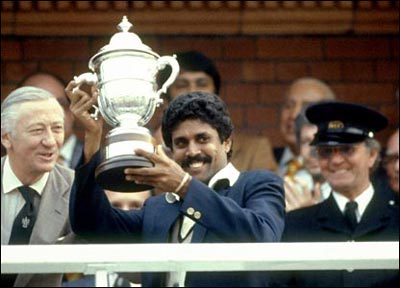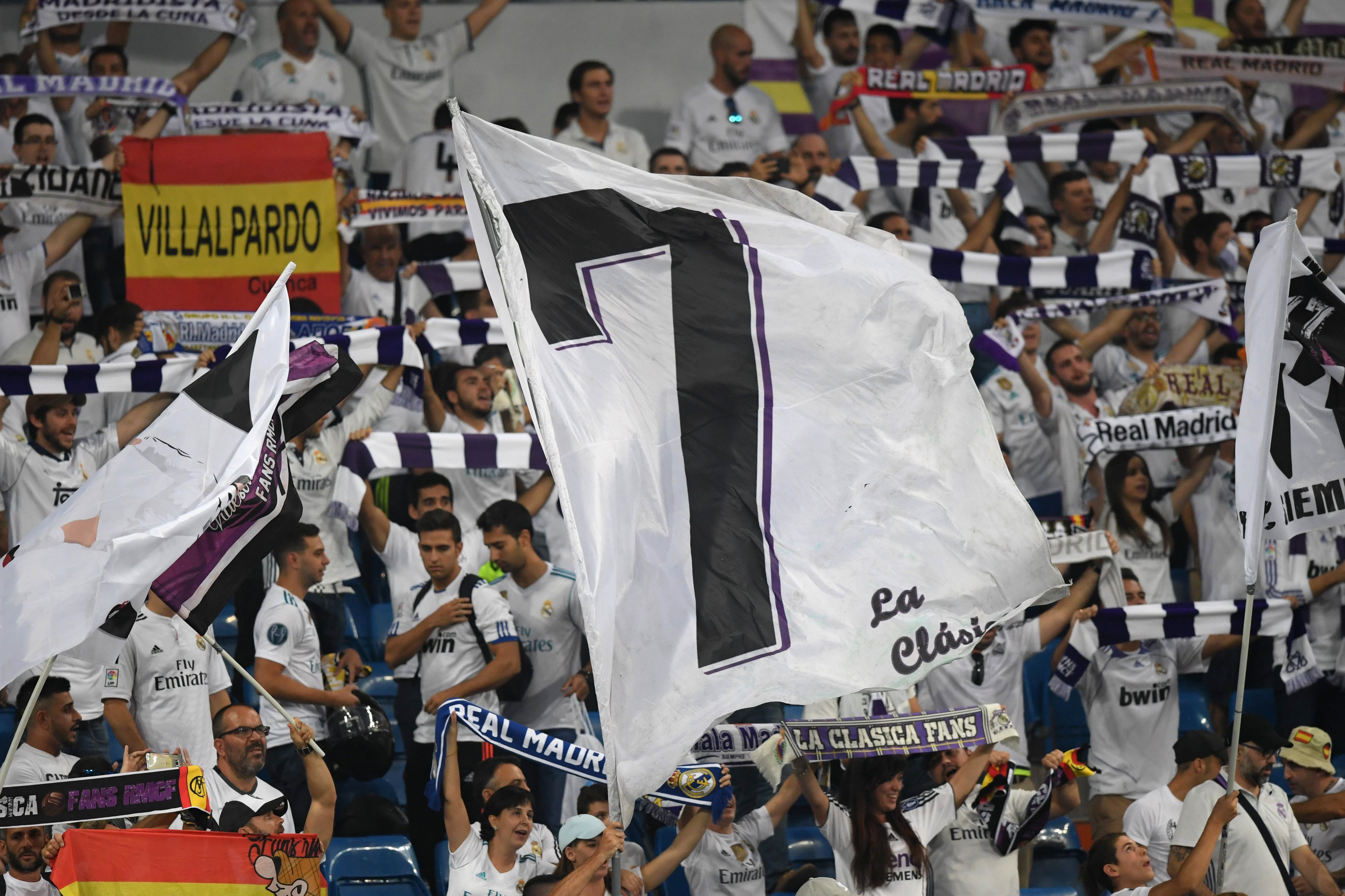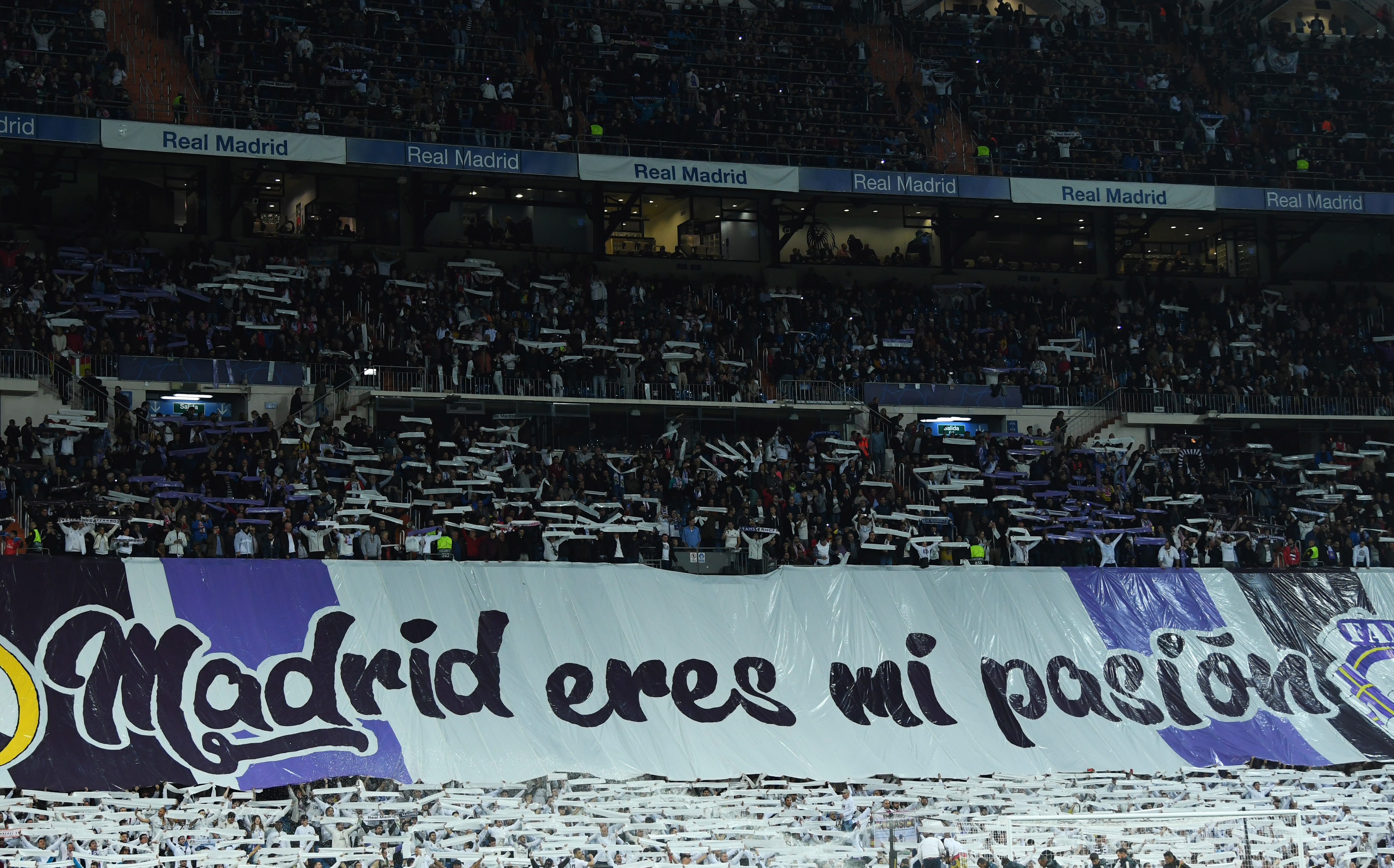Why does domestic football lack popularity in India and why is it such a neglected part of Indian sports? Ask this question to any general football fan and you are likely to get a series of reasons – one of them will be the overpowering popularity of cricket.
Cricket, a religion among a large percentage of India’s population is miles ahead of all other games in terms of popularity. As the whole of India prepares for a mouth-watering clash in Mohali against their arch-rivals Pakistan, one wonders whether a sporting event has ever been looked forward to in India, as much as the World Cup semi-final on Wednesday. It has dominated every discussion, taken over every thought and has been dissected to the very last possible scenarios and on-field battles. From pan waalas on the streets to big conferences, from social network sites to huge media houses, and from corporate firms to beyond political boundaries; this match is no longer just a sporting contest.
Witnessing this pre-match frenzy, one wonders whether India’s love for Cricket is responsible for this nation’s reluctance to strive harder to improve other sports? But is it really justified to blame the success of one game for the poor condition of the other?
Before starting the first part of this discussion, let us take a look at the parallel history of cricket and football in India and where cricket raced ahead of football.
Pre-Independence Era: Football, Game of the Masses
Football in India can be traced back to the 1870s, when a match between British sailors and soldiers was noticed by the ‘natives’. In the next few decades, football quickly became popular among the Indian public. Nagendraprasad Sarbadhichari was the pioneer of spreading football as clubs like Mohun Bagan, Aryan and Mohammedan Sporting came up in the late 19th century. Numerous football tournaments were started in this period. While the IFA Shield and Durand Cup are held till date, tournaments like Gladstone Cup, Minto Cup and Trades Cup gradually went into oblivion.
The origin of cricket in India was almost contemporary with football’s origin. In 1864, a match was held between Calcutta and Madras; arguably the first official match in India. However, cricket did not enjoy as much popularity as football in early years. It was seen as a more luxurious game which can only be enjoyed by the rich and the famous. Cricket was a game of the royalty as Ranjitsinhji became the face of early “Indian” cricket.
Two reasons helped football to garner early popularity. Firstly, the simplicity of football – it was a game which could be played by anyone (you didn’t even need boots). It was a game of physical contact which gave Indians a much needed chance of settling scores with British overlords. Secondly, and perhaps more crucially, early performance of Indian club teams captured the imagination of general public.
First superstars of Indian football
Mohun Bagan’s memorable IFA Shield win in 1911 was more than just a sporting victory. It was statement made by Indians against the British rulers. The players of Immortal XI were revered as freedom fighters after the final match. If Mohun Bagan started the successful run for Indian clubs then it was Mohammedan’s invincible team of late 30s that established supremacy of Indian clubs. They won five back to back titles in Calcutta Football League, a previously unimaginable feat. They also became the first Indian team to capture the Durand Cup title. In the same era, a Bangalore Muslims outfit became the first Indian team to win the Rovers Cup.
With East Bengal’s advent in the late 30s, football attained an almost fanatic following. Mohun Bagan’s Shield win made them one of the most popular clubs in India; East Bengal became a symbol of pride for millions of refugee coming into West Bengal after partition. Mohammedan Sporting, on the other hand, enjoyed the undivided attention of the muslim population.
Post Independence till 1960s – Football still more popular
After independence, Ranji Trophy became the most important tournament in domestic cricket. The game itself started to gather greater acceptance within the Indian public. However, it failed to stand up to the popularity of hockey or football. Indian cricket teams of that period contained players with individual talent like Lala Amarnath but as a team failed to make a mark. The football team, on the other hand, was one of the best in Asia in the 1950s. Propelled by the likes of Mewalal, Venkatesh and Sailen Manna, India captured gold in inaugural Asian Games. A capacity crowd cheered on the team when India played Iran in the final. Prime Minister Jawaharlal Nehru and President Rajendra Prasad were present for entire match; the prime minister even went to players’ dressing room to cheer them up during half time. Victory in the ’51 Asiad was a major event in Indian Sports history – it was one of the earliest successes of the newly independent nation. India’s performance in the Melbourne Games in 1956 was another brilliant chapter in that golden era.
The glitz and fanfare behind three of India’s ‘Blue Ribbon’ tournaments – Durand Cup, Rovers Cup and IFA Shield also helped football’s popularity. Durand Cup was always associated with the Army which gave it a sense of novelty and sophistication. In terms of glamour and glitterati, the Rovers Cup took the cake. Hosted in Mumbai, Rovers would attract the crème de la crème of Indian film Industry. Stars like SD Burman, Ashoke Kumar regularly attended matches in Cooperage. The Shield on the other hand, attracted the best football players from all over India. It included the three Kolkata giants who were unparalleled in popularity in 50s.
Mewalal scored winning goal in 1951 Asian Games
Unlike now, football was popular in almost every corner of India in the 1950s and ’60s. If Calcutta was the capital of Indian football then Hyderabad, Mysore and Chennai were the breeding grounds of skillful players. Tata Sports Club and Mafatlal Club enjoyed a heated rivalry in Mumbai while teams like Caltex threw up the likes of Neville D’Souza. Punjab was also fast catching up with rest of India in terms of football.
Indian Team won another memorable Gold Medal in the 1962 Asian Games. This time, the medal was won on foreign soil in the face of adversity. Early ’60s was the peak period in terms of popularity of football in India. SA Rahim’s wonderful team of 1962 included Chuni Goswami and Jarnail Singh – two superstars regarded with awe in Asian level. In ’63 Jarnail was selected as the most popular sportsperson in India by a poll in Indian Express. Chuni was so popular that fans would prepare giant cut-outs for him even when he didn’t play in a tournament. Players like PK Banerjee, Balram, Yusuf Khan and Peter Thangaraj also added to the popularity coefficient of football.
In 1970s, cricket gained more and more momentum. Led by the legendary spin quartet of Prasanna-Bedi-Chandrashekhar-Venkatraghavan, India were slowly starting to build a reputation of being difficult to beat at home. With popular players like Solkar and Faroukh Engineer, the cricket team was not only delivering results but was also getting a lot of limelight. With the rise of Sunil Gavaskar, Indian cricket found its poster boy. Gavaskar’s technique coupled with his good looks made him an instant hit.
Indian football was slowly coming into the grips of the phenomenon which plagues the game till date – oblivious attitude of officials. Indian football officials took the game’s popularity for granted. This was first evident after India’s win in ’62 Asiad. Franco Fortunato, one of the chief protagonists still angrily recalls the shabby treatment received by the team on their way back. Eight years later India once again reached the last four of Asian Games. India won bronze but technically it was a silver medal as the final had ended in a draw. Shockingly, Indian officials were in such a hurry that they left without bothering to collect the silver medal.
Another sad case of poor treatment saw the Indian youth team victimized. With future stars like Prasun Banerjee and Sabbir Ali, India’s junior team finished as joint winners of Youth Asian Cup in 1974, along with Iran. While Iranian players were awarded with cars and valuable items, Indian players received crockery sets. The Federation also made the irrational move of not allowing Indian teams to participate in Asian Cup qualifiers – a generation of skilled players never managed to play regular international football.
1980s to Present Day – Unstoppable Cricket
Two disconnected events decided the course of Indian cricket and football in 1980s. On 19th February, 1981, nineteen top Indian football players walked out of preparation camp for ’82 Asian Games. These players had valid demands. AIFF had planned an excruciatingly long two-year camp to prepare for Asiad – forcing the players to abandon club football. AIFF never considered looking into needs of players and enforced a draconian decision. The chain of events that followed tainted Indian football forever. Football was talked about in Parliament with both Indira Gandhi and Jyoti Basu strongly condemning the players. Instead of controlling the damage, AIFF handled matters with typical sloppiness. Media played its part with its unneeded histrionics. Football players were overnight turned into villains who chose money over National pride. Indian football’s image suffered an irreparable damage in the minds of general public.
A pivotal moment in the history of Indian sports
Two years later, Kapil Dev’s men made history by becoming the first Asian team to win the Cricket World Cup. Kapil’s men were underdogs – a team of unheralded players captured the imagination of millions around the world. It was a perfect fairytale finish. Indian players curved out memorable wins in that world cup. They won twice against arguably the greatest cricket team of all times. The grit, fighting spirit shown by Kapil Dev, Amarnath or Roger Binny made them heroes. India had achieved ultimate supremacy in a team sport – a rare event. In 1985, the Indian team conjured up another miraculous win. This time in Benson and Hedges Cup in Australia. The writing on the wall was clear – cricket edged out football and has never looking back ever since.
In the last two decades, the gap between these sports have increased so much that its difficult to imagine any other scenario. By late 80s, a certain Sachin Ramesh Tendulkar had made his debut. Sachin eventually became the biggest icon of modern cricket – an embodiment of success. He had the ability to sway billions of people with his batting. If Tendulkar was not enough, players like Azharuddin, Dravid, Anil Kumble and Saurav Ganguly also rose to the fore front. All of them became iconic players – players who inspired thousands of young people to take up the game. India won the Hero Cup in early ’90s after a memorable last over by Sachin. In 1996, Jagmohan Dalmiya delivered an almost flawlessly-organized cricket world cup. It was nothing similar to the half-hearted attempts made by Indian government’s sporting events. The cricket juggernaut kept rolling on and on.
Indian football’s answer to cricket’s popularity was simple – refusing to send teams to Asian Games, a tournament which Indian won twice. 1990s was filled with embarrassing defeats for Indian national teams, often by more than five goal margins. Indian football struggled to find superstars in this era with only Baichung Bhutia and IM Vijayan attaining some degree of popularity. Things haven’t changed in the new millennium as football still continues to enjoy pitifully-low limelight. Indian football fans are interested in European football leagues but remain blissfully unaware about the local scene. Hyderabad and Bangalore, the two established football centres of 1950s have now ceased to exist on the Indian football map. Very few people are actually aware of the fact that football thrived in these cities once upon a time. In the last three decades, both of these cities have become synonymous with cricket.
Indian cricket is miles ahead of football in terms of popularity and the condition, unfortunately for the nation, is unlikely to change in the near future.
![Mohun Bagan 1911 [C] Debaprasad Deb The Immortal XI](http://www.thehardtackle.com/wp-content/uploads/2010/07/MohunBagan1911-1.jpg)
![Mewalal [C]: Stories From Indian Football - Jaydip Basu](http://www.thehardtackle.com/wp-content/uploads/2011/01/Mewalal1-214x300.jpg)





